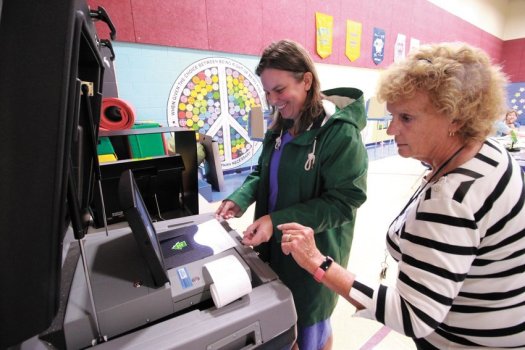3 Ways Traditional Investors Can Gain Crypto Exposure
- Technology Solutions
- 0 Replies
A growing number of people are interested in crypto investment, which means financial advisors need to understand the various ways to invest into cryptocurrency and crypto related strategies.
While the asset class is still new, especially when compared to the rest of traditional finance, there are a few different ways to invest into crypto and crypto companies.
Some of these investment strategies involve direct investment in cryptocurrency and require advisors and clients to undertake a series of new steps.
Other strategies are available at traditional financial custodians and are more similar to ordinary investments.
1. Cryptocurrencies and tokens
Clients may express a desire to own cryptocurrency directly.
Building a portfolio of cryptocurrencies and tokens is relatively straightforward but must be done through a cryptocurrency platform or exchange. Companies such as Coinbase, Gemini and FTX are crypto exchange platforms that anyone is able to use to purchase and trade crypto assets.
Much like creating a self-directed investment portfolio on a traditional custodian, any investor can open their own account on a crypto platform and begin investing in whatever crypto asset they wish. From there, investors may choose to move their currency off the crypto exchange into self-custody with a hardware wallet. However, they are still owners of the cryptocurrency or token if they hold it on the exchange and they may decide to do so.
Continue reading: https://www.coindesk.com/learn/2022/09/22/3-ways-traditional-investors-can-gain-crypto-exposure/
While the asset class is still new, especially when compared to the rest of traditional finance, there are a few different ways to invest into crypto and crypto companies.
Some of these investment strategies involve direct investment in cryptocurrency and require advisors and clients to undertake a series of new steps.
Other strategies are available at traditional financial custodians and are more similar to ordinary investments.
1. Cryptocurrencies and tokens
Clients may express a desire to own cryptocurrency directly.
Building a portfolio of cryptocurrencies and tokens is relatively straightforward but must be done through a cryptocurrency platform or exchange. Companies such as Coinbase, Gemini and FTX are crypto exchange platforms that anyone is able to use to purchase and trade crypto assets.
Much like creating a self-directed investment portfolio on a traditional custodian, any investor can open their own account on a crypto platform and begin investing in whatever crypto asset they wish. From there, investors may choose to move their currency off the crypto exchange into self-custody with a hardware wallet. However, they are still owners of the cryptocurrency or token if they hold it on the exchange and they may decide to do so.
Continue reading: https://www.coindesk.com/learn/2022/09/22/3-ways-traditional-investors-can-gain-crypto-exposure/

























